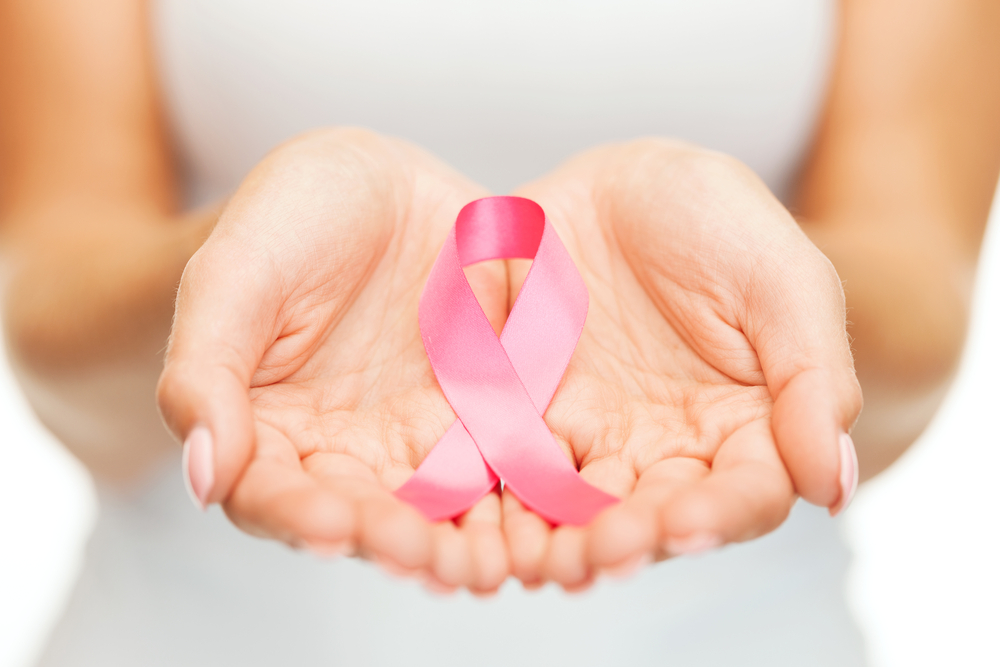News

Don’t put off tomorrow the care you need today. We are safely here for you. Click Here
The Importance of Breast Cancer Screenings
October 4, 2022According to statistics, 1 in 8 women will be diagnosed with breast cancer during their lifetime. Breast cancer screenings are tests that are performed to detect the presence of breast cancer before symptoms appear or worsen. Early-stage cancers are easier to treat than those in the later stages, and early detection of the disease through screenings often leads to a better outcome.
Breast cancer

Breast cancer is a disease in which the cells in the breast grow abnormally. This abnormal cell growth is often called malignancy and results in tumor growth.
Signs and symptoms
- Nipple tenderness
- Lump or thickening in or near the breast or armpit
- Change in the skin texture (e.g., enlargement of pores in the breast skin)
- Dimpling or irritation in the breast skin
- Redness or flaking in the nipple area
- Nipple discharge other than milk (e.g., blood, pus)
- Change in the size or shape of the breast
The American Cancer Society recommends the following for breast cancer
- Women aged 40 years old and beyond should undergo mammograms annually.
- Women between 20 to 30 years of age should have a scheduled clinical breast exam every three years.
- Women in their 20s should start performing breast self-examination.
- Women at higher risk for breast cancer should have a mammogram or MRI annually. High-risk groups include those with a family history of breast cancer and those with BRCA1 or BRCA2 gene mutation.
Breast cancer screening tests
Clinical Breast Exam
A clinical breast exam is performed by a healthcare professional trained to recognize many different types of abnormalities and warning signs. This is done by checking the appearance of the breast with arms raised over the head and arms hanging on both sides. This allows the physician to detect differences in size and shape in different postures. After visually checking for notable signs, the physician will also check for lumps or abnormalities in the breast using the pad of the fingers. This palpation includes the armpits, collarbone, and breast.
Mammogram
In a mammogram, the breast is scanned with X-rays. Mammograms are usually the best way to detect breast cancer early when it is easier to treat and is not yet large enough to cause symptoms. The U.S. Preventive Services Task Force (USPSTF) suggests that women between ages 50 and 74 who are moderately at risk for breast cancer should get mammograms every two years, while the American Cancer Society recommends that women over the age of 40 get an annual mammogram.
Breast Magnetic Resonance Imaging (MRI)
MRI of the breasts involves using radio waves to visualize the breast's internal structure. A breast MRI is used along with mammograms to screen women at high risk for breast cancer. Due to results being abnormal even without the presence of cancer, breast MRIs are not recommended for women with average risk.
Final thoughts
According to the American Cancer Society, breast cancers detected early in their localized stage give a 5-year relative survival rate of 99%. With the help of breast cancer screenings, women have a higher chance of surviving the disease and living breast cancer-free.
Reedsburg Area Medical Center offers comprehensive tests for women of all ages to help them screen for breast cancer and other conditions associated with female wellness. If you need help or have questions, please schedule an appointment with your provider.
References:
https://www.nationalbreastcancer.org/
https://www.cancer.org/
